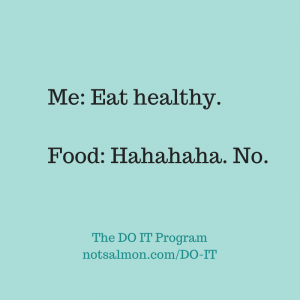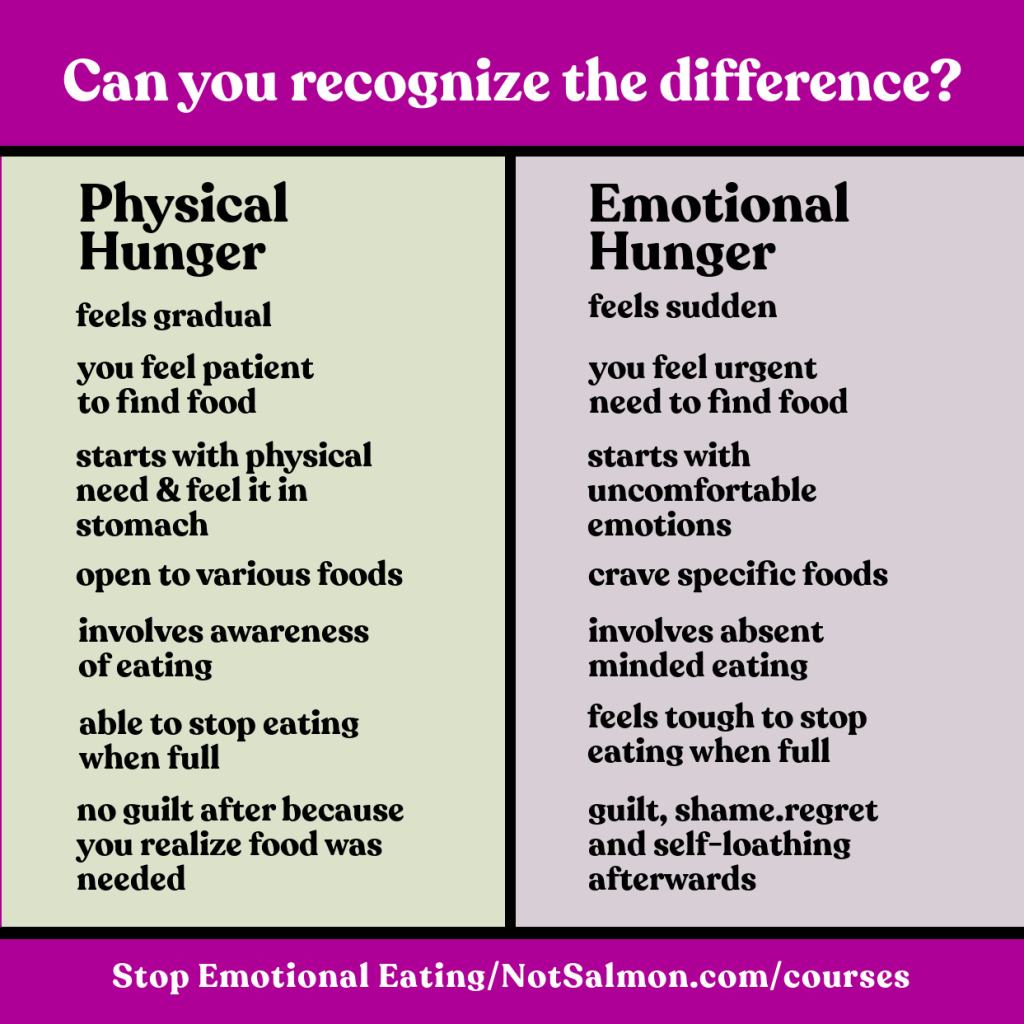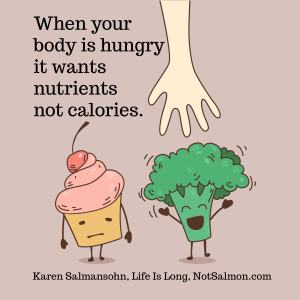 Learn the difference between emotional hunger and physical hunger, and how to listen to your body’s hunger and fullness cues. Discover practical tips and the hunger scale to help you understand when you’re really hungry and when to stop eating.
Learn the difference between emotional hunger and physical hunger, and how to listen to your body’s hunger and fullness cues. Discover practical tips and the hunger scale to help you understand when you’re really hungry and when to stop eating.
Are you feeling the rumble in your tummy right now?
Is it a sign of hunger or just a craving for that delicious slice of pizza you saw on TV last night?
It can be tricky to distinguish between emotional hunger and physical hunger. But, thankfully there are ways to learn how to listen to your hunger and fullness cues so you maintain a healthy diet.
So, let’s dive in and explore the difference between emotional and physical hunger… and how to tell if you’re really hungry or not.
What is Emotional Hunger vs. Physical Hunger?
First things first… Emotional hunger is when you eat to cope with emotions, like stress or anxiety, rather than because your body needs nourishment.
Next up… Please take a quick look at the chart below.

As you can see in the cart above…. Emotional hunger shows up differently than physical. For example, it isoften accompanied byspecific cravings, like the sudden urge to devour an entire pint of ice cream when you’re feeling sad.
On the other hand, physical hunger is the body’s natural signal that it needs fuel to function. And it’s often accompanied by physical sensations like a growling stomach, lightheadedness, or fatigue.
The Hunger Scale: A Great Tool To Tell if You’re Really Hungry
One of the best ways to learn how to distinguish between emotional and physical hunger is to use the “hunger scale.”
This is a simple tool that can help you recognize your body’s hunger and fullness cues.
On the hunger scale, you rate your hunger on a scale of 1 to 10, with 1 being “I’m starving” and 10 being “I’m so full I might explode.”
Ideally, you want to eat when you’re at a 3 or 4 on the hunger scale and stop when you’re at a 7 or 8.
Research Supports Using the Hunger Scale
- According to a study published in the Journal of the Academy of Nutrition and Dietetics, using the hunger scale can help you eat more mindfully and improve your overall eating habits. The study found that participants who used the hunger scale for 12 weeks lost more weight and had better control over their eating habits than those who didn’t use it.
7 Tips for Listening to Your Hunger and Fullness Cues
So, what can you do to tune in to your hunger and fullness cues?
Below are some key tips that I recommend to my emotional eating clients – and which I use myself.
In case you’re new to my site, I am a popular wellness influencer and bestselling wellness author. I also founded a nutritionist recommended online program called The Stop Emotional Eating Course.
I love sharing insights and techniques to help people to become healthier. With this in mind, read on to learn these 7 tips for listening to your hunger and fullness cues.
1. Check in with yourself before you eat.
Before you grab a snack or sit down for a meal, take a moment to check in with yourself. Ask yourself if you’re truly hungry or if you’re eating out of habit, boredom, or emotional reasons.
2. Rate your hunger and fullness on a scale.
Use the hunger scale I mentioned earlier. Ask yourself how hungry you are on a scale of 1 to 10 before you eat. Then, check in with yourself again halfway through your meal and at the end of your meal to see how full you are.
3. Slow down and savor your food.
 When you take your time to eat and savor each bite, you’ll be more likely to notice when you’re starting to feel full.
When you take your time to eat and savor each bite, you’ll be more likely to notice when you’re starting to feel full.
I call this “appreci-eating” your food!
Try to eat without distractions.
While eating, put away your phone and don’t watch the TV.
Really focus on the taste and texture of your food.
4. Practice mindfulness.
Mindfulness can help you tune in to your hunger and fullness cues by increasing your awareness of your body and your surroundings.
When you practice mindfulness, you’ll be more likely to notice when you’re starting to feel full… and less likely to eat out of boredom or habit.
5. Stop before you’re stuffed
It’s easy to get carried away and overeat when the food is delicious.
So be sure to use the hunger scale as you eat and try to stop when you’re at a 7 or 8 on the hunger scale.
6. Check in with your body throughout the day
As you go through your day, check in with your body and see where you’re at on the hunger scale. This can help you make more mindful choices about when and what to eat.
7. Be patient with yourself.
Learning to listen to your hunger and fullness cues takes time and practice. Be patient with yourself and try not to get discouraged if you slip up. Remember that every meal is a new opportunity to tune in to your body and learn more about yourself.
In conclusion
Emotional eating can be a tough habit to break… but learning to tune in to your hunger and fullness cues can help. By checking in with yourself before you eat, using the hunger scale, slowing down and savoring your food, practicing mindfulness, and being patient with yourself, you can develop a healthier relationship with food and improve your overall well-being.
So, next time you’re reaching for a snack, take a deep breath, tune in to your body, and ask yourself if you’re really hungry or not.
Get More Tools to Listen to Your Hunger and Fullness Cues
Explore my nutritionist recommended online program: The Stop Emotional Eating Course.
P.S. Before you zip off to your next Internet pit stop, check out these 2 game changers below - that could dramatically upscale your life.
1. Check Out My Book On Enjoying A Well-Lived Life: It’s called "Your To Die For Life: How to Maximize Joy and Minimize Regret Before Your Time Runs Out." Think of it as your life’s manual to cranking up the volume on joy, meaning, and connection. Learn more here.
2. Life Review Therapy - What if you could get a clear picture of where you are versus where you want to be, and find out exactly why you’re not there yet? That’s what Life Review Therapy is all about.. If you’re serious about transforming your life, let’s talk. Learn more HERE.
Think happier. Think calmer.
Think about subscribing for free weekly tools here.
No SPAM, ever! Read the Privacy Policy for more information.
One last step!
Please go to your inbox and click the confirmation link we just emailed you so you can start to get your free weekly NotSalmon Happiness Tools! Plus, you’ll immediately receive a chunklette of Karen’s bestselling Bounce Back Book!


 Learn the difference between emotional hunger and physical hunger, and how to listen to your body’s hunger and fullness cues. Discover practical tips and the hunger scale to help you understand when you’re really hungry and when to stop eating.
Learn the difference between emotional hunger and physical hunger, and how to listen to your body’s hunger and fullness cues. Discover practical tips and the hunger scale to help you understand when you’re really hungry and when to stop eating. 
 When you take your time to eat and savor each bite, you’ll be more likely to notice when you’re starting to feel full.
When you take your time to eat and savor each bite, you’ll be more likely to notice when you’re starting to feel full.